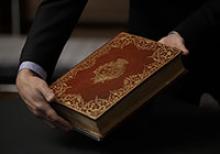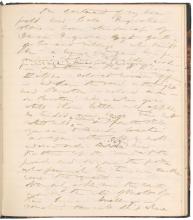Bound for Versailles: Investigating the Jayne Wrightsman Bookbindings Collection
Submitted by Thaw Conservati... on Wed, 06/23/2021 - 2:54pmIn anticipation of the upcoming exhibition Bound for Versailles: The Jayne Wrightsman Bookbindings Collection, on view June 25 through September 26, 2021, our conservators from the Thaw Conservation Center took a close look at techniques used in creating these elaborate works of art.










